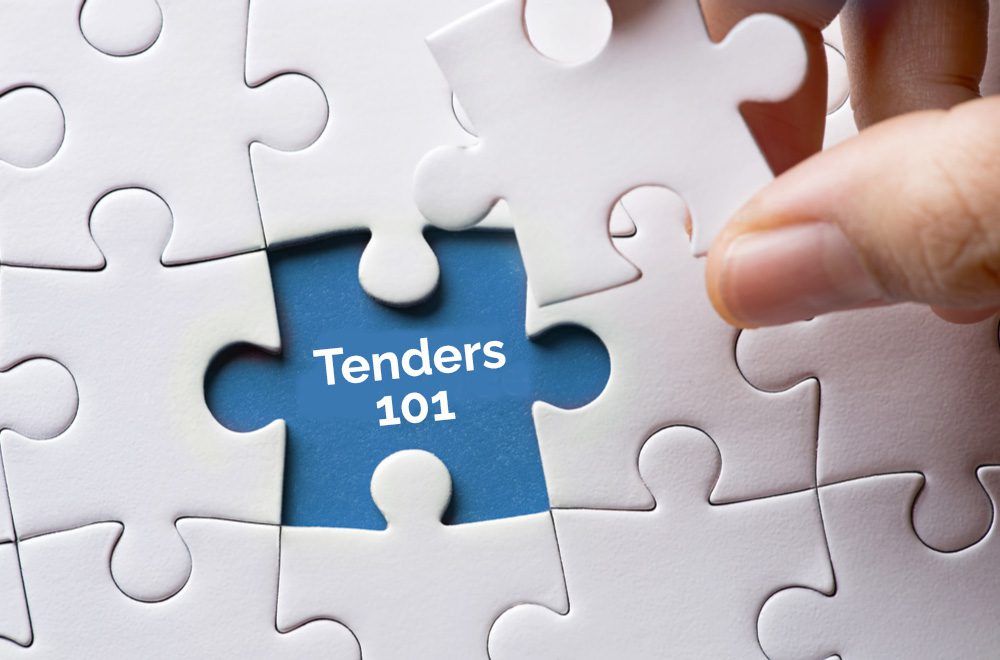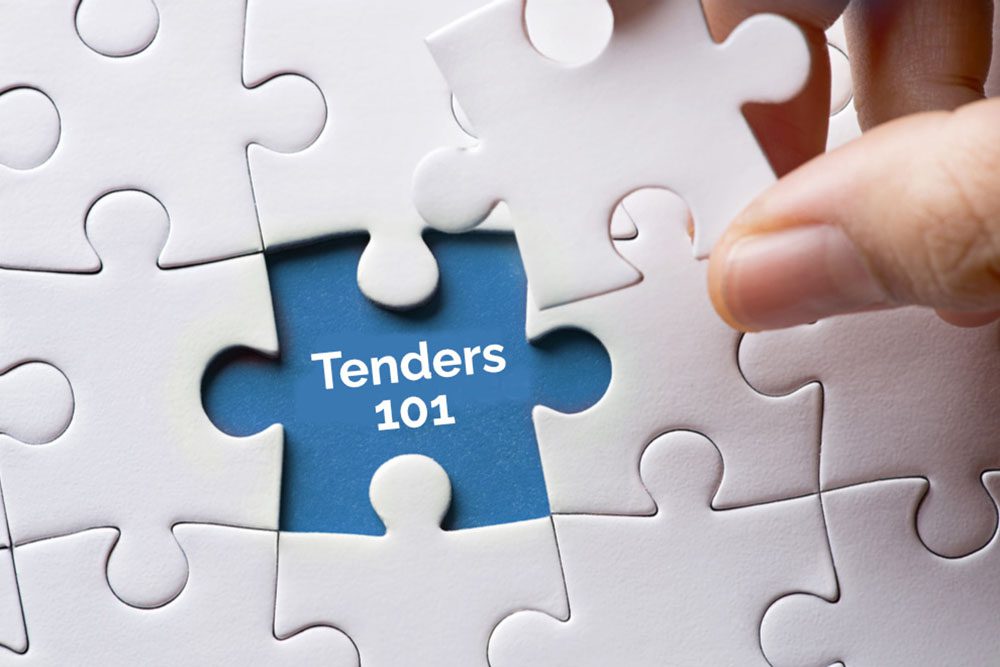Competing for tenders can be complex, depending on the intricacies of the contract and the type of tender procedure chosen by the Procuring Agency to manage supplier evaluation.
In this article we give a brief summary of the types of tender procedures both public and commercial organisations adopt for their procurement.
For any bidding organisation, understanding the tender types and the level of commitment required to compete in them, is important. This will help your business establish smarter bid strategies and identify tenders you wish to pursue.
Types of Tender Used in EU Public Procurement
- Open Procedure
- Restricted Procedure
- Competitive Dialogue Procedure
- Innovation partnership
- Framework Agreement
- Dynamic Purchasing Systems (DPS)
Now let’s take a look at each procedure in more detail. Further information on Public Procurement processes can be found in the associated country’s government legislation, for example the UK Public Contracts Regulations 2015.
Please also note: As of 24th February 2025 UK public procurement will no longer be following EU Regulations, but a new set of rules and procedures under the UK Procurement Act 2023. Please read The New UK Procurement Act: Changes & Supplier Benefits blog for more information.
Open Tender Procedure
The Open Procedure is the most straightforward and common process. This allows any business to access the tender documentation and respond to the Selection Questionnaire and the Invitation to Tender (ITT).
The Procuring Agency then evaluates all tender submissions and awards the contract to the winning bidder.
Restricted Tender Procedure
The Restricted Procedure is often used to reduce the number of suppliers when a high volume of bidders is expected. This is a two-stage process.
Potential suppliers are initially required to submit a Selection Questionnaire (SQ). Once evaluated by the Procuring Agency, shortlisted suppliers will receive an Invitation to Tender (ITT) and submit their tender. After evaluating all tender submissions, the Procuring Agency will award the contract to the winning bidder.
Competitive Dialogue Tender Procedure
The Competitive Dialogue Procedure is used for more complex contracts, involving several stages. After the initial Selection Questionnaire (SQ) is completed, shortlisted suppliers will enter discussions with the Procuring Agency. This will cover more details on the requirements and solutions. This will help with any further shortlisting of the bidders list and inform the content of the Invitation to Tender (ITT).
Following tender submissions and evaluation the winning bidder will be awarded the contract.

Competitive Tender Procedure with Negotiation
The Competitive Procedure with Negotiation is multi-stage process used for more complex contracts. Following the Selection Questionnaire (SQ) and Invitation to Tender (ITT) Submissions, the third stage will involve some form of negotiation, perhaps on service delivery or price.
These discussions may take place with a small number of suppliers and once completed, the contract awarded to the winning bidder.
Innovation Partnership Tender
As suggested by the name, this is where no existing products, services or solutions can meet the need of the Procuring Agency.
The Selection Questionnaire (SQ) will help identify suppliers who could potentially develop the required solution. Shortlisted suppliers will then respond to the Invitation to Tender (ITT) and the winning bidder develop the solution.
The Procuring Agency will only then purchase if it meets the minimum requirements of the tender.
Framework Agreement
Framework Agreements are usually set up when the Procuring Agency has a particular need for a product or service, but has not established the details or delivery times. This wider outline agreement will set out terms on quality, quantity and price. This allows the Procuring Agency to call-off individual contracts throughout the lifespan of the Framework Agreement.
Potential suppliers will complete a Selection Questionnaire (SQ). After this evaluation the Framework may be awarded to one supplier or several suppliers. Being part of the framework agreement, however, does not guarantee work for the suppliers.
Where one supplier has been awarded the Framework Agreement, the Procuring Agency can easily award individual contracts to the supplier. This can be done as and when required throughout the course of the Agreement.
Where more than one supplier is involved, the buyer can select the best value supplier for the call-off contract. Alternatively they may enter into a mini-tender situation with all approved suppliers to establish best fit and award the contract.
Dynamic Purchasing Systems (DPS)
This is often used for products and services easily available in the marketplace and is similar to the Framework Agreement. But it allows new suppliers to be added at any time and without restriction on numbers that can join.
Procuring Agencies must use the Restricted Procedure to set up the DPS and run the whole process electronically. This streamlined process means suppliers only need to demonstrate their suitability once and procuring agencies can therefore award contracts quicker.
Streamlined Bidding Process
Much of the tender process is now managed electronically and on-line. Initially through Public Procurement Portals such as TED or FTS for the publication of the Tender and Award Notices. And secondly, third party Tender Portals such as EU-Supply, Proactis and Delta. These are managed by the Procuring Agencies and allow for bidders to access and download key documents, communicate withe the buyer and uploading tender submissions.
This makes the whole process more transparent and efficient for both procurement agencies and bidders. However, any supplier organisation must still commit to substantial investment in time and resources to bid for any tender.
Having an in-house dedicated bid management platform such as TenderEyes, can significantly improve your pursuit activities return on investment.
The solution is designed to support your bid team and collaborators throughout the process. And supports significant workflow, activity and team working efficiencies and improvements.
This will help free up time to improve tender responses, evaluation scores and ultimately increase win rates.







